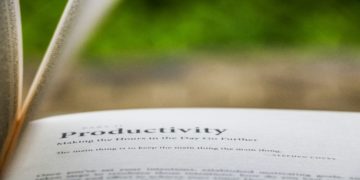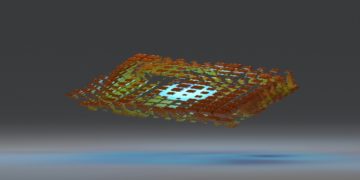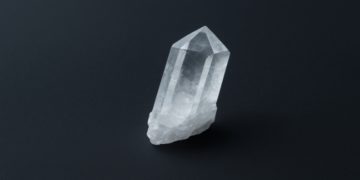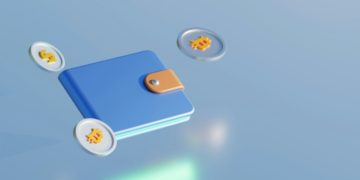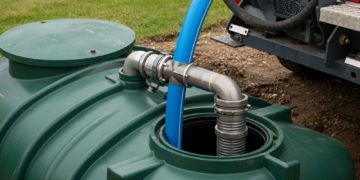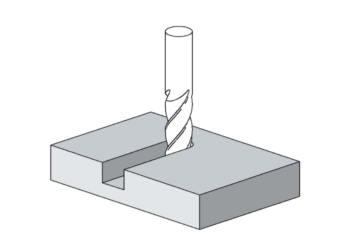1. Introduction to Bootleg Tees
Bootleg tees, often characterized by their edgy, unconventional designs, have become a staple in modern fashion, representing a blend of nostalgia and contemporary street style. These shirts, originally born from unofficial merchandise markets, have evolved into a form of self-expression and creativity.
Bootlegging was initially seen as an underground activity where individuals would create unofficial merchandise of popular brands or events. However, as fashion became more inclusive and personalized, bootleg tees transformed into a canvas for creativity, often featuring unique text and images that reflect personal tastes or cultural commentary.
2. The Rise of Custom Bootleg Fashion
The popularity of bootleg tees can be attributed to several factors:
– Cultural Relevance: Bootleg tees often incorporate elements from pop culture, music, and art that resonate with specific communities.
– Individual Expression: Unlike mass-produced clothing, custom bootleg tees allow wearers to express their unique identity.
– Sustainability: Upcycling old shirts or using sustainable materials appeals to environmentally conscious consumers.
– Affordability: Creating your own design can be more cost-effective than purchasing designer apparel.
This rise in popularity has led to diverse designs ranging from humorous takes on brand logos to intricate artistic creations.
3. Materials and Tools Needed
Embarking on the journey of creating a custom bootleg tee requires gathering the right materials and tools. Here’s what you’ll need:
– Plain T-shirts: Choose high-quality cotton or blends that suit your comfort preference.
– Fabric Paints or Inks: Opt for non-toxic, permanent fabric paints available in various colours.
– Stencil Paper: Ideal for precise designs, especially if you’re using spray paint.
– Transfer Paper: Essential for transferring printed designs onto fabric.
– Heat Press or Iron: Necessary for setting the ink or transfers onto the fabric.
– Design Software: Programs like Adobe Illustrator or Canva for creating digital designs.
Having these materials on hand will ensure a smooth creative process from conception to the final product.
4. Designing Your Bootleg Tee
Designing is at the heart of making a custom bootleg tee, where creativity meets technical skills.
Brainstorming Ideas
Start by brainstorming ideas that resonate with your personality or message you want to convey. Consider:
– Popular culture references
– Iconic images or symbols
– Personal photographs or artwork
– Humorous quotes or puns
Creating the Design
Use graphic design software to bring your ideas to life digitally. If you’re not confident in your design skills, consider collaborating with a freelance designer.
Finalizing Your Design
Ensure that the design’s resolution is high enough for printing purposes and adjust colours according to your chosen printing method.
5. Choosing the Right Printing Technique
The printing technique you choose significantly impacts the final appearance and durability of your tee.
Screen Printing
Ideal for bulk production and vibrant colours but requires initial setup with screens.
Direct-to-Garment (DTG) Printing
Perfect for complex, multi-coloured designs and smaller runs since it prints directly on fabric.
Heat Transfer Printing
Suitable for detailed images using transfer paper but may result in less breathable designs.
Sublimation Printing
Works well on synthetic fabrics with all-over print capabilities but is limited by material type.
Each method has its advantages; choose one that aligns with your design complexity, budget, and production scale.
6. Step-by-Step Guide to Creating Your Tee
With materials ready and design finalized, it’s time to create your custom bootleg tee:
1. Prepare the Shirt: Wash and dry the shirt to remove any sizing chemicals.
2. Set Up Design: Print your design onto stencil paper or transfer sheet.
3. Position Design: Place the stencil/transfer on the shirt where you want the design.
4. Apply Ink/Transfer:
– For stencils: Use fabric paint or spray over carefully.
– For transfers: Lay transfer paper face down and apply heat with an iron/press according to instructions.
5. Fix Colours: Ensure colours are set by heat pressing if necessary.
6. Inspect Quality: Check the shirt for any misprints or irregularities before wearing.
This step-by-step process will help you achieve professional-looking results at home.
7. Inspiration: Creative Ideas for Design
Finding inspiration can be challenging but rewarding when creating a custom piece:
– Vintage Band Tees: Draw inspiration from classic band merchandise with modern twists.
– Mashup Designs: Combine elements from different brands or icons for humorous effect.
– Typography Focused: Use bold fonts and witty phrases to make a statement.
– Nature Themes: Incorporate botanical illustrations or landscapes into your design.
Exploring these themes can spark innovative ideas that reflect your personal style.
8. Preserving and Caring for Your Custom Tee
Proper care ensures longevity of your custom tee:
1. Wash Inside Out: Protects the design from friction against other clothes.
2. Cold Water Wash: Prevents colours from fading quickly.
3. Avoid Bleach & Harsh Detergents: These can degrade fabric quality over time.
4. Air Dry When Possible: Reduces risks associated with high heat damage in dryers.
By following these care tips, you maintain both aesthetics and durability of your creation.
9. Marketing Your Custom Bootleg Tees
If considering selling your bootleg creations, effective marketing strategies are crucial:
Identify Target Audience
Understand who will appreciate your designs—be it music fans, fashion enthusiasts, or eco-conscious buyers.
Utilize Social Media Platforms
Platforms like Instagram offer visual appeal perfect for showcasing creative designs through engaging content such as reels/videos/stories/posts etc., coupled with hashtags relevant within niche communities (e.g #BootlegFashion).
Collaborate With Influencers
Partnering influencers/artists whose audiences align well could boost exposure greatly!
Attend Local Markets/Events
Participating pop-up shops/craft fairs allows direct interaction potential customers fostering relationships while gaining feedback firsthand invaluable improving products/services moving forward!
10. Conclusion: Embrace the Art of Bootlegging
Creating custom bootleg tees is more than just producing clothing; it’s about embracing artistic expression within fashion industry today! Whether designing personal wardrobe additions selling unique pieces online/offline venues alike remember key lies staying true oneself throughout entire process ensuring each item crafted tells story worth sharing world around us!






